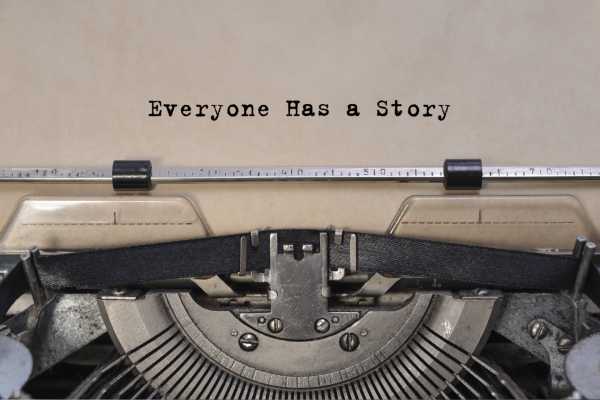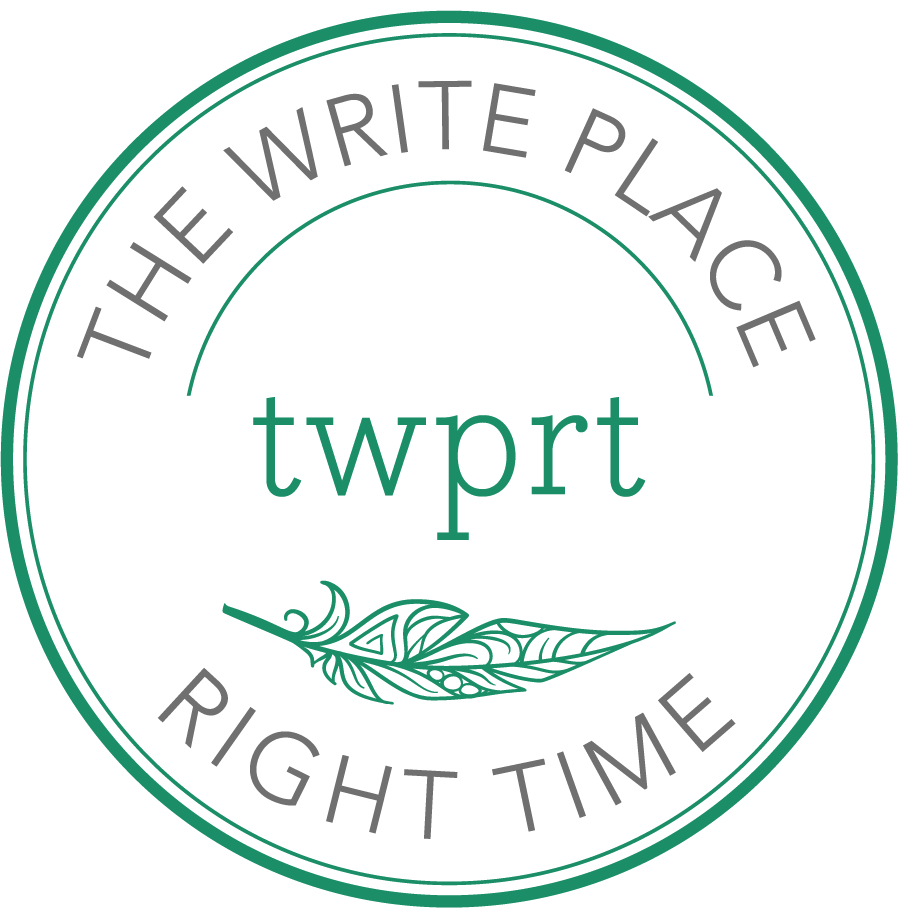
When it comes to formulating your story in preparation for sharing it eventually, there is a lot to consider. There is the question of what do I really want to say and why does it matter to me. There is the question of who is my reader and why does this story matter to them. And then there’s the how do I tell it, which is more a matter of craft (the art of writing a compelling story so it keeps the reader’s attention).
What people often don’t realize about writing is that you have to come at it from multiple lenses. There is the personal lens, the ‘you’ inside it all – this is your story after all, and only you know its ins and outs. There is the audience’s lens, the reader, and how they will receive what you have to say. And there is the artists’ lens, the way you use storytelling conventions and creative writing principles to make your story not just a mere retelling of events, but a captivating re-enactment that reads more like fiction than fact.
How do you balance these three simultaneously-occurring perspectives? Think of it like a dance where you and the reader are partners and the story is the music between you. You’ve got to figure out how to groove.
Your Lens - Entering the Story From the 'I' Position
As Elizabeth Gilbert says in her book Big Magic (and I’m paraphrasing), don’t sit down intending to write something specifically to help, transform, or change someone else. If you write what is truly genuine and authentic to you, the result will likely be that whoever engages with your work will have one of these things happen as a result. But don’t write with them in mind first, write with you in mind first.
While I’m constantly on my soapbox saying “your story can change the world” – and I’m not changing that tune – I’m inclined to agree with Gilbert so far as saying, write for yourself first (and let the transformation and change come after). Truthfully, if you don’t tell your story from a place of passion, conviction, and authenticity, its transformative powers likely won’t be felt. It’s no different than if you were to try to sell yourself to a new client. They are more likely to say yes to your offer if they can feel your own confidence in yourself and what you can do for them than if you half-assed your pitch, shrugged your shoulders, and only kind of seemed to care about helping them or only kind of seemed like you knew what you were talking about.

When you enter your story, think first about what it means to you. And be sure you are committed to telling it. Again, if you’re only ‘meh’ about the whole idea, the story will not only be unenjoyable for you to write but it won’t be enjoyable to read on the other end, either. You have to believe in your story’s worth and be committed to telling it for you first before it can ever be ready for prime time. So, before you go sharing your story with anyone else, understand what sharing it means to you.
Consider reflecting/meditating/journaling on these questions: Why am I passionate about telling this story? What will telling this story provide me?
Their Lens - Evaluating the Story from the Reader Position
When you know without a doubt that you’re going all-in on this story no matter what, you still want to evaluate what it will offer to your reader. Because the truth is, whether you’re going to publish on a blog or in a book, someone somewhere is going to read it, so what is it you want them to take away? What’s sharing your story with someone else going to do for them?
Sure, you’re going to write it according to your Truth and your heart, and you are the first person to matter here, but once it’s all said and done, who is going to pick this up and care about it and why are they going to care? This is more a matter of having your business hat on. Just like putting together any new product, package, or service, you get the idea first (perhaps) but then you have to ask yourself, “Do I have a customer who will want this thing I’ve just cooked up and why will they give a shit?”
Remember, you don’t have to think about the masses. In fact, I would suggest you don’t. Thinking about an entire group of people who are going to read it can be overwhelming and has the ability to lure the twins Doubt and Fear to the party and they may go poppin’ all the balloons. Your story only needs one reader, the ideal reader. Just like your business has an ideal customer. Think about the one target person and develop that avatar in your mind. That is who you’re writing to.
Consider reflecting/meditating/journaling on these questions: Who is my ideal reader? What will they get out of this story? Why do they care?
Artist Lens - Exacting the Story from The Artist Position

Only after you have a clear understanding of what’s in it for you and for your reader should you begin to truly think about the crafting (or artistry) of the story. It’s not to say you couldn’t have started drafting and getting some ideas or scenes on paper. But really considering things such as chronological timelines, or narrative voice, or, probably the most important (as it should come first) story arc, are best addressed after you have a solid sense of all the whys and whos.
Knowing what you aim to achieve in telling your story for yourself, may impact the way you go about sharing your story. Understanding your audience and what’s in it for them may, too. For example, if I want to tell humorous stories of parenting in order to keep in mind for myself the irony, hilarity, and contradictory nature that is the parenting experience, I may choose a tone and style that is light, funny, and anecdotal. If, however, I want to tell a story about healing through sexual assault and the integration of victim and survivor identities, I can guarantee you that shit isn’t going to be funny or light. You have to know your story, your why, your what’s in it for me, first.
When you consider your audience, consider where they’re coming from and how they may be able to receive information. These can help you make choices about crafting the story. So, if I’m telling that story about mom moments and mess-ups, my ideal reader is likely a mom who is looking to see her own experiences reflected. If my idea reader is not just a mom but also someone who values humor, then a humorous approach may work for her. If she’s not a funny sort, however, my tone might need adjusting.
In the other example (the story about the assault), if my ideal reader is also a victim/survivor, I want to be aware and sensitive to the fact that my story could be triggering for her even if she has chosen to pick it up. I may want to go easy on just how many details I go into of the assault itself.
Picking or choosing the tone, style, which details to include or not to include, etc., doesn’t mean that you don’t still tell your story according to your truth or what feels authentic to you. It just means that you use storytelling principles and conventions to serve your needs, your reader needs, and, ultimately, the story’s needs.
Consider reflecting/meditating/journaling on these questions: Now that I understand myself and my reader, how do I want to tell this story? What do I need to consider in making this compelling and authentic for both myself and them?
There is an art to writing because there are balance and precision. This is the dance. There’s you and there’s the reader holding hands and facing each other. The way you feel and engage with the music is based on the steps you take together. Sharing your story becomes something that has several different dance partners and a whole playlist of music to choose from.
The Write Place Right Time’s blog is filled with information on how you can start your journey towards providing the perfect content for your audience. The blog is loaded with advice for people wanting to learn more about the importance of writing for their business. If you’d prefer to speak with a professional writer instead about your content you can do that here.

